Showcasing artists from the Dudley Museums Art Collection.
Henry Pope-Dudley Castle Etchings
Henry Martin Pope (1834 - 1908) was born in Birmingham in 1834 and is known for painting mainly landscapes in both oil and watercolour. Pope was a trained lithographer before studying painting under Samuel Lines and from there he became one of the founders of the Birmingham Art Circle alongside Walter Langley, Edwin Harris and William Banks Fortescue. Pope taught art in Birmingham and is said to have inspired many young painters in the region.
Between 1864 and 1908, Pope produced a series of 24 etchings of Dudley Castle and The Priory. These etchings offer a detailed architectural view of Dudley Castle and the surrounding landscape.
For further information about the our Henry Pope collection visit We Love Art
This year, we are celebrating the 950 years of Dudley Castle by showcasing these fantastic etchings.
The History of Dudley Castle
The motte and bailey construction of Dudley Castle was completed in 1070 by Ansculf de Picquigny. He was succeeded by the Paganel family during the 12th century who became Lords of Dudley. In 1537 John Dudley embarked on a vast building programme at Dudley Castle including the stunning Sharington Range, named after his architect, William Sharington.
John Dudley rapidly rose through royal ranks to become Duke of Northumberland, and on the death of Henry VIII in 1547 became one of 16 executors of a Regency Council founded to supervise the nine-year-old successor, King Edward VI.
In 1552 John Dudley became Lord Protector, but by spring 1553 the King had contracted tuberculosis and in an attempt to control the succession he encouraged the dying Edward to void the rights of princesses Mary and Elizabeth to the throne and put his cousin, Lady Jane Grey next in line.
Mary’s Catholicism posed a threat to the recently-introduced religious reformation and the new-found wealth of those who supported it, and to boost his security John Dudley arranged the marriage of his youngest son, Guilford, to Lady Jane on May 21.
King Edward VI died on July 6 and Lady Jane Grey proclaimed Queen. However, the succession was challenged by Mary and her supporters who forced a coup d’etat against John Dudley in the Privy Council, and he was charged with treason and executed on August 22, 1553.
His best-known son Robert Dudley, Earl of Leicester, was a favourite of Mary’s successor, Queen Elizabeth I. On August 11, 1575 Queen Elizabeth I visited Dudley Castle and a decade later the site was surveyed as a possible residence for the imprisoned Mary, Queen of Scots.
During the Civil War Dudley Castle was garrisoned by royalist troops. It was besieged in 1644 and 1646 and surrendered on May 13, 1646. The following year, by order of Parliament, the keep, gatehouse and sections of the curtain wall were slighted.
On July 24, 1750 a fire, which raged for three days, swept through the Sharington Range, gutting the once-magnificent palace. Dudley Castle was allowed to settle into the role of romantic ruin. In the late 1800s and early 20th century fetes drew crowds into the courtyard and in May 1937 the Earl of Dudley opened Dudley Zoological Society with exotic animals from across the World.


